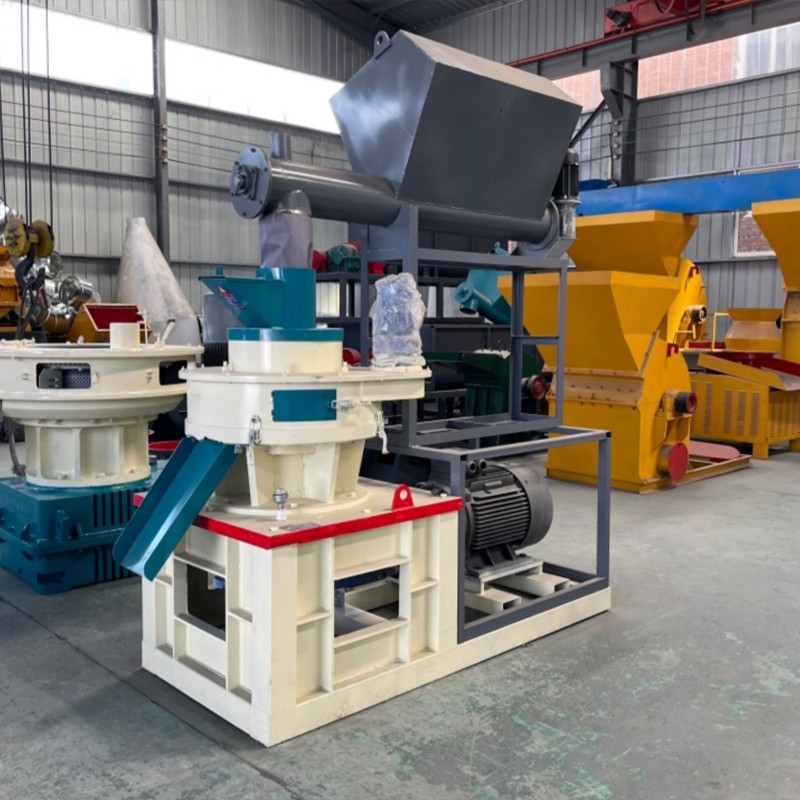Process of organic fertilizer production line
1. Raw material collection
The raw materials of organic fertilizer come from a wide range of sources, including livestock and poultry manure, crop straw, urban sludge, kitchen waste, plant ash, etc. During the collection process, attention should be paid to the quality of the raw materials to avoid mixing with a large amount of impurities, heavy metals exceeding the standard or raw materials contaminated by chemical substances.
2. Crushing: For large pieces of raw materials, such as straw, branches, etc., crushing is required. Use a crusher to break them into smaller particles or fragments to increase the surface area of the raw materials, which is convenient for subsequent fermentation and mixing operations.
3. Aerobic fermentation: The pretreated raw materials are piled into a certain shape, and the compost is turned regularly by a compost turning machine to allow the raw materials to fully contact the air. In this process, aerobic microorganisms multiply in large numbers, decompose organic matter, and generate heat.
5. Anaerobic fermentation: For some raw materials that are not suitable for aerobic fermentation or under specific conditions, anaerobic fermentation can also be used. The raw materials are placed in a sealed fermentation container, and anaerobic microorganisms ferment under anaerobic conditions.
6. Adding auxiliary materials and additives: Add some necessary auxiliary materials and additives to the fermented materials to further improve the quality of organic fertilizer. Humic acid can improve soil structure, amino acids can provide nutrition for plants, and microbial agents can increase the number of beneficial microorganisms in the soil.
7. Disc granulation: The mixed materials are transported to the disc granulator, the materials roll in the rotating disc, and the materials are gradually formed into particles by spraying the binder. Parameters such as the disc speed, tilt angle and amount of sprayed binder of the disc granulator will affect the size, shape and strength of the particles.
8. Drying: The organic fertilizer particles just after granulation contain more water and need to be dried. The particles are transported to the dryer and dried by the hot air provided by the hot air furnace.
9. Cooling: The temperature of the particles after drying is high and needs to be cooled. Use a cooler to reduce the temperature of the particles to near room temperature by air cooling or water cooling.
10. Screening: Use a screening machine to screen the cooled particles and separate the large and small particles that do not meet the specifications. The large particles can be crushed again and returned to the granulation process, and the small particles can be collected or reprocessed as fine powder.
11. Coating: In order to improve the slow-release and moisture-proof properties of organic fertilizer, qualified particles are coated. The coating material is evenly wrapped on the surface of the particles by the coating machine to form a protective film.
12. Packaging: According to market demand, the coated organic fertilizer particles are quantitatively packaged. The packaging materials can be plastic woven bags, paper bags, etc.


